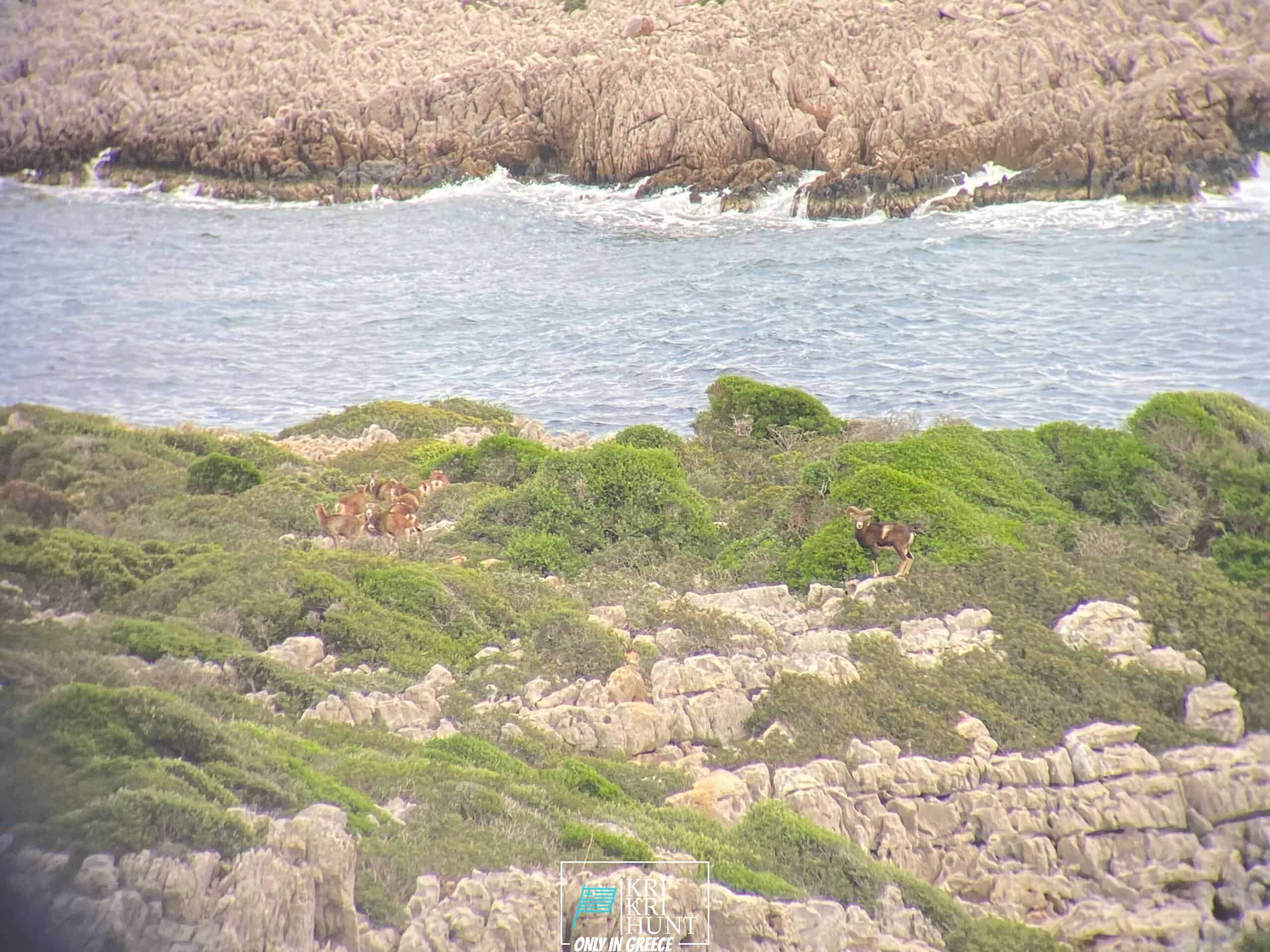The adventure of the Kri Kri ibex hunt, a possibility to be one with nature on an unique Greek island
The adventure of the Kri Kri ibex hunt, a possibility to be one with nature on an unique Greek island
Blog Article

They say that the Peloponnese peninsula is the "actual" Greece. And also we say, if you're seeking a memorable experience, our hunting as well as visiting Peloponnese tour from Methoni is the best means to experience all that this lovely nation needs to offer.

The hunt for kri-kri ibex on the island of Sapientza can be a difficult and hard one. The ibex live in tough, high surface with sharp, jagged rocks that can quickly leave you without shoes after only two trips there. Capturing a shotgun without optics can also be an obstacle. Nevertheless, the hunt is certainly worth it for the possibility to bag this impressive animal.
The first thing you will discover when you arrive in the Peloponnese peninsula is the stunningly stunning landscape. The hills, forests, lakes, and also rivers make this area a nature lover's paradise. There are additionally a lot of opportunities for treking, fishing, swimming, and also other outside tasks. The Peloponnese peninsula is not simply concerning its all-natural appeal; there are additionally many historic and also cultural sites to explore. Don't forget also fishing, free-diving and hunting. A few of the most preferred visitor locations in the Peloponnese consist of old Olympia, Epidaurus, Mycenae, and also Sparta. These locations provide a remarkable look right into Greece's abundant history as well as culture. If you have an interest in learning more about Greek mythology, after that you will certainly want to visit Mount Olympus, home of the 12 Olympian gods. Of course, no journey to Greece would be complete without trying several of the tasty food. The Peloponnese peninsula is house to some of the best olive oil worldwide as well as feta cheese, olives, honey, and also a glass of wine. Make certain to try some of the regional specializeds such as dolma (stuffed grape leaves), Souvlaki (grilled meat skewers), as well as Gyro (meat covered in pita bread).
If you're looking for a genuine Greek experience, after that look no more than our exterior searching in Greece with fishing, and also cost-free diving scenic tours of Peloponnese. This is a remarkable means to see every little thing that this amazing area has to provide. Schedule your excursion today!
What is the diference between Kri Kri ibex, Bezoar ibex and hybrid ibex
The kri-kri is not thought to be indigenous to Crete, most likely having been imported to the island during the time of the Minoan civilization. Nevertheless, it is found nowhere else and is therefore endemic to Crete. It was common throughout the Aegean but the peaks of the 8,000 ft (2,400 m) White Mountains of Western Crete are their last strongholds–particularly a series of almost vertical 3,000 ft (900 m) cliffs called ‘the Untrodden’—at the head of the Samaria Gorge. This mountain range, which hosts another 14 endemic animal species, is protected as a UNESCO Biosphere Reserve. In total, their range extends to the White Mountains, the Samaria National Forest and the islets of Dia, Thodorou, and Agii Pandes.
This Ibex is NOT a diminutive form of the Bezoar Ibex, which has migrated into the western-most reach of the range of this species. The kri – kri (Capra aegagrus cretica), sometimes called the Cretan goat, Agrimi, or Cretan Ibex, is a feral goat inhabiting the Eastern Mediterranean, previously considered a subspecies of wild goat. The kri-kri has a light brownish coat with a darker band around its neck. It has two horns that sweep back from the head. In the wild they are shy and avoid tourists, resting during the day. The animal can leap some distance or climb seemingly sheer cliffs.
“The agrimi goat Capra aegagrus cretica is unique to Crete and its offshore islands. It has been identi®ed as a sub-species of the wild bezoar goat Capra aegagrus aegagrus Erxleben, 1777, which it closely resembles in horn shape, body form and coloration. This classi®cation has been disputed by some researchers who claim that the agrimi are feral goats, derived from early domestic stock brought to the island by the ®rst Neolithic settlers. In order to clarify this issue, DNA analyses (cytochrome b and D loop sequences) were carried out on tissue of live and skeletonized agrimi and compared to sequences of wild and domestic caprines. Results conclusively show the agrimi to be a feral animal, that clades with domestic goats (Capra hircus) rather than with wild Asiatic bezoar. This study demonstrates that morphometric criteria do not necessarily re¯ect genetic af®nities, and that the taxonomic classi®cation of agrimi should be revised.”
Report this page